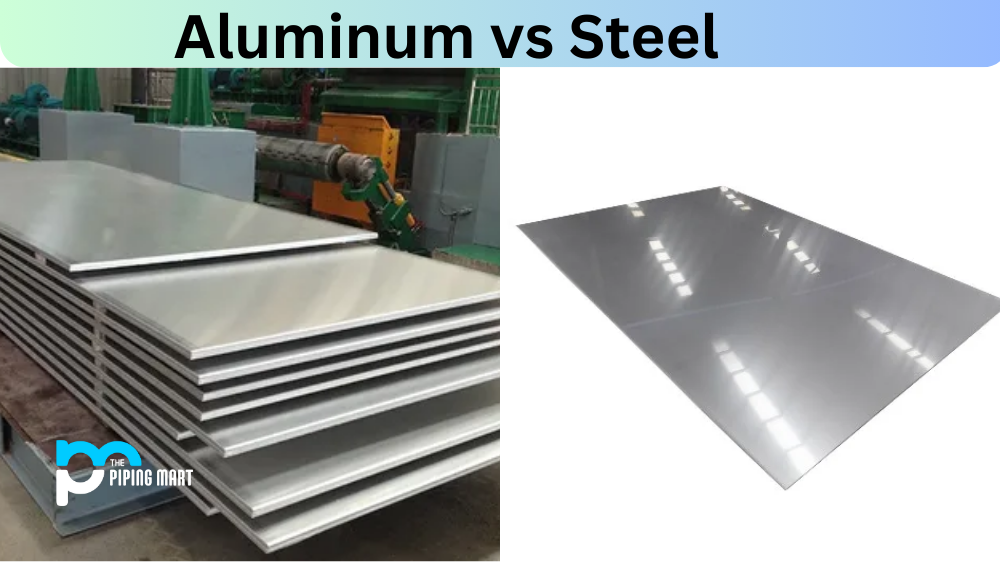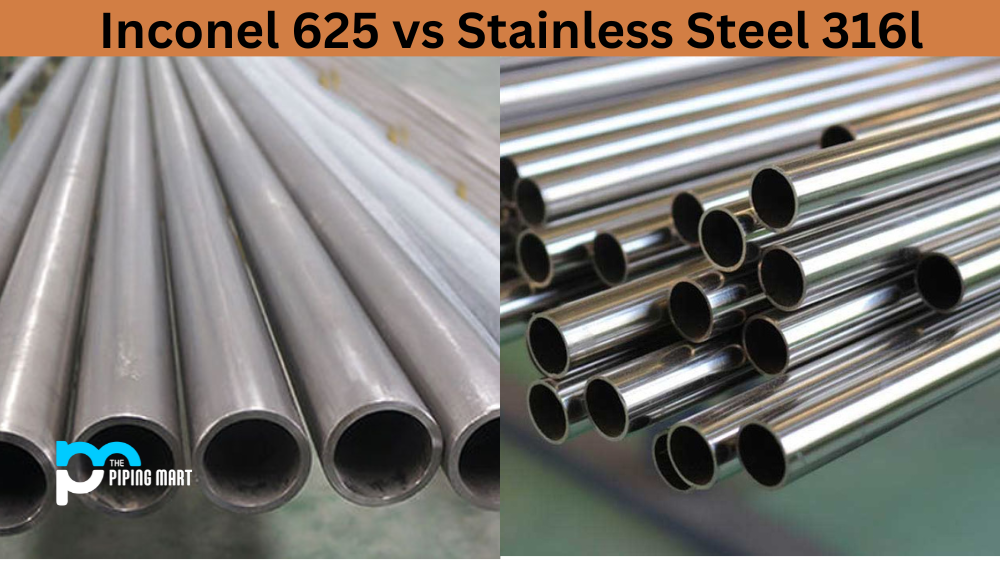Choosing the right material is among the most important construction project decisions. Both aluminum and steel have different properties that make them ideal for different applications. Although they share similarities, deciding between the two materials is difficult work this blog, we will look at aluminium and steel in more detail to help you make an informed decision.
What is Aluminum?
Aluminium, also known as aluminum (symbol: Al), is a chemical element that belongs to the group of transition metals on the periodic table. It has an atomic number of 13 and an atomic weight of 26.98 g/mol. Aluminium is highly abundant in the Earth’s crust and can be found in minerals such as bauxite, feldspar, and cryolite.
One notable characteristic of aluminum is its incredible lightness despite its high strength. This makes it a popular choice for various construction, transportation, and packaging applications. Additionally, aluminium has excellent conductivity for both heat and electricity. It is second only to copper in terms of electrical conductivity.
What is Steel?
Steel is a versatile and indispensable material that has played a crucial role in shaping our modern world. In simple terms, steel is an alloy of iron and carbon, with other elements such as nickel, chromium, and manganese added in varying amounts to achieve desired properties.
One of the most fascinating things about steel is that despite being lightweight, it boasts incredible tensile strength that can withstand extreme weather conditions without cracking or breaking. This makes it ideal for high-rise buildings, bridges, and other infrastructure projects and for manufacturing heavy equipment like cars and planes.
Moreover, steel’s durability comes from its corrosion resistance – a feature achieved by including elements like chrome or zinc. This makes steel an excellent choice for outdoor structures where exposure to moisture or chemicals could result in rapid deterioration.
Aluminum vs. Steel: Choosing the Right Material for Your Project
Properties:
The first thing to consider when choosing aluminium and steel is their properties. Steel is a strong and durable material ideal for building structures that require high strength, like bridges and skyscrapers. On the other hand, aluminum is lighter and more malleable than steel, which makes it an excellent choice for projects that require material that is easy to manipulate, like in aircraft construction.
Cost:
Another important consideration when choosing between aluminium and steel is the cost. Steel is a lower-cost option, making it ideal for budget-conscious projects. Aluminum, on the other hand, is more expensive due to its unique properties, but it can also be more cost-effective in the long run due to its natural resistance to rust and corrosion.
Maintenance:
The maintenance of the materials you use in your project is equally crucial when deciding between aluminum and steel. Steel is more susceptible to rust and requires more maintenance to keep it in good condition. Still, it is reasonably easy and inexpensive to clean and maintain aluminium. Regarding maintenance, aluminum may have a longer lifespan than steel, saving the cost of frequent repairs and replacements.
Environmental Impact:
Another critical consideration is the environmental impact of your choice of construction material. Steel production emits significant greenhouse gas emissions and has other environmental drawbacks. Aluminium, on the other hand, has a much lower carbon footprint, making it a more eco-friendly option for those looking to mitigate their environmental impact.
Application:
Finally, it is essential to consider the application when choosing between steel and aluminum. For example, steel is ideal for applications that require heavy-duty structural support, whereas aluminium is excellent for aerospace components, automotive parts, and other structures that require weatherproofing or a high strength-to-weight ratio.
Conclusion:
Choosing between aluminum and steel can be daunting, but by considering their properties, cost, maintenance, environmental impact, and application, you can make an informed decision that results in a successful and cost-effective project. The most significant factors are the project requirements and specifications. Consult a professional who can assist you with identifying the best material that suits your objectives. Choosing a material that will meet your project needs without sacrificing durability and cost-efficiency is crucial.

Abhishek is a seasoned blogger and industry expert, sharing his insights and knowledge on various topics. With his research, Abhishek offers valuable insights and tips for professionals and enthusiasts. Follow him for expert advice on the latest trends and developments in the metal industry.




